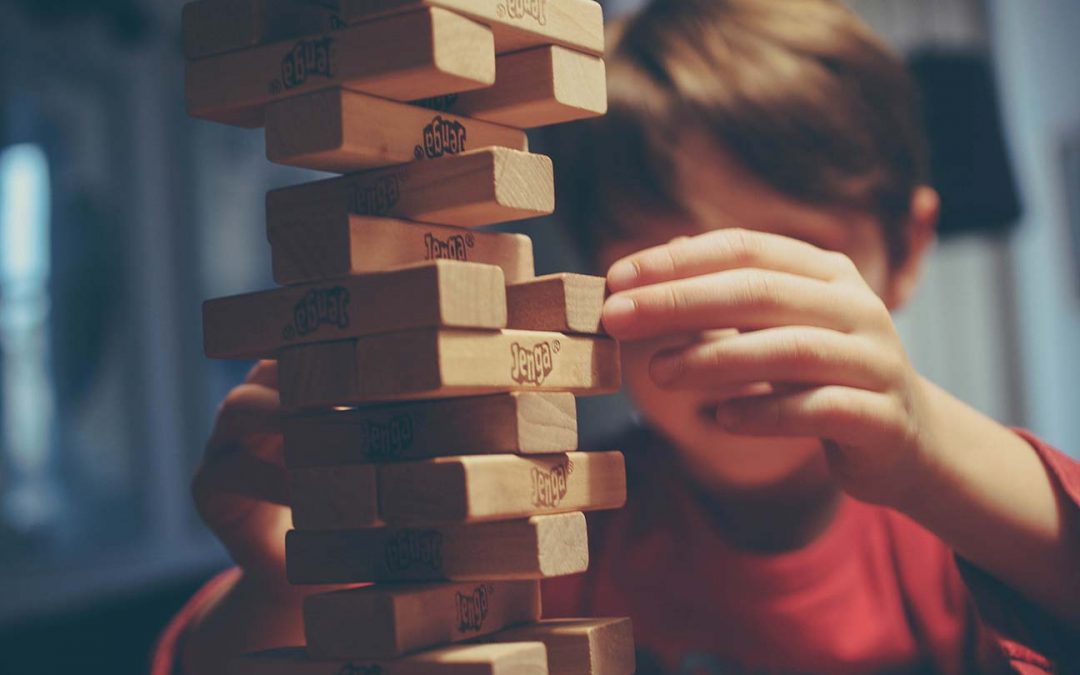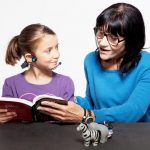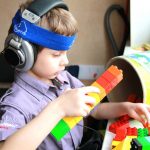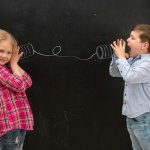We discussed the impact of the visual and auditory system in the process of reading in the last 2 blogs. Not only do these processes have to be in good order on their own, but also, according to Keith Rayner’s research, they have to at least operate within 5 to 20 milliseconds from each other. This intricate timing involves several stages of development.
After a baby is born, the baby has to find him / herself in this world of space and time. Hopefully the sleep / wake cycle is an easier one for parents, but this, and developing a feeding cycle, starts setting up the first sensorial experience of time lapsing between events. At the same time, the cooing between mommy and baby starts a back and forth cycle that occurs within a rhythm of back and forth and sets up that lovely co-reciprocity. Quite soon, the developing baby starts experiencing another rhythm of day and night. In the second year of life some understanding starts to dawn that there is time and space between morning, noon, and night.
If the pressure of reading is too early for the child, it may contribute to distortions or building inadequate pathways of compensations that grow into habits we do not want.
At about 2 years (of course more or less for some), the child starts to understand that there is a yesterday, today, and tomorrow, including these time concepts into play with rapidly developing language and vocabulary. All of this timing though, does not rely on our cognitive ability, but rather on the wiring of our sensory systems. This is important, as without this “time travel”, it is very difficult to integrate older learning into new. We are essentially living only in this moment and in the “here and now”. During ages 2 to 4, we are refining the incorporation of timing within our body coordination. Now that our reflexes are integrated, our voluntary movement flows with a certain coordination between different body parts and we are learning to grade our movement while incorporating timing.
The child is now ready to want to “read” the book by him / herself, as the world is also transitioning between being a picture thinker, to using words to visualize your own picture. We are able to coordinate our “looking” and “listening” in order to pay attention with both systems simultaneously, while also being able to use the timing between these sensory systems to develop an adequate working memory span for the comprehension of reading.
By the way, the process still undergoes refinement until the ages 5 to 7. If the pressure of reading is too early for the child, it may contribute to distortions or building inadequate pathways of compensations that grow into habits we do not want. Exposure to words, stories, and narration is important from very early on, but the reading process itself is a sensory experience and the automaticity of decoding relies on this intricate development. It is important to understand that we cannot “teach” timing, we can only understand it within our senses in our cerebellum as a developing feature. Yes, the child with body timing issues can learn the cognitive concept of time and use a watch or clock to guide this structure externally, but this cannot be applied to the important development of an inner timing between the senses in order to truly read with fluidity, rhythm, and automaticity.








